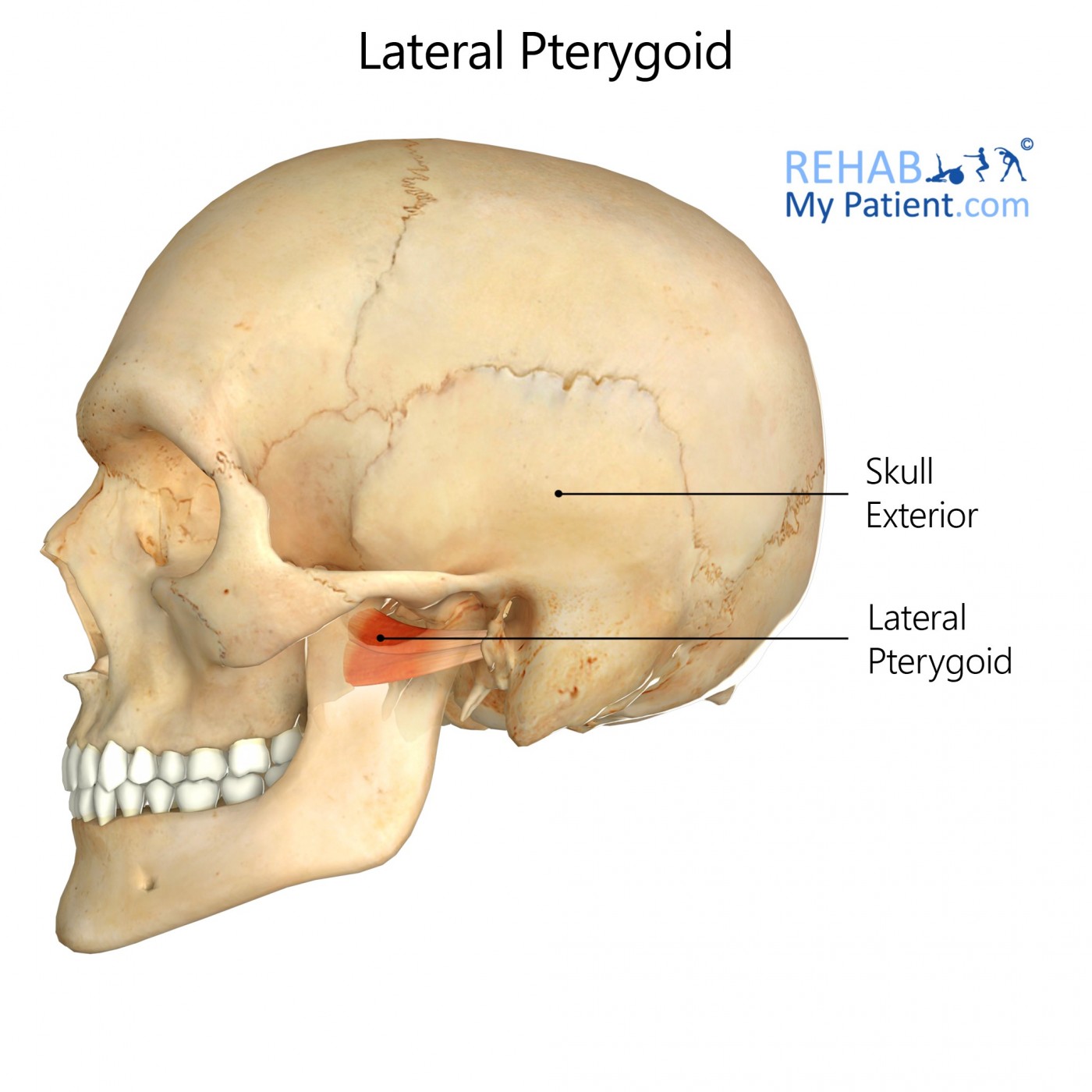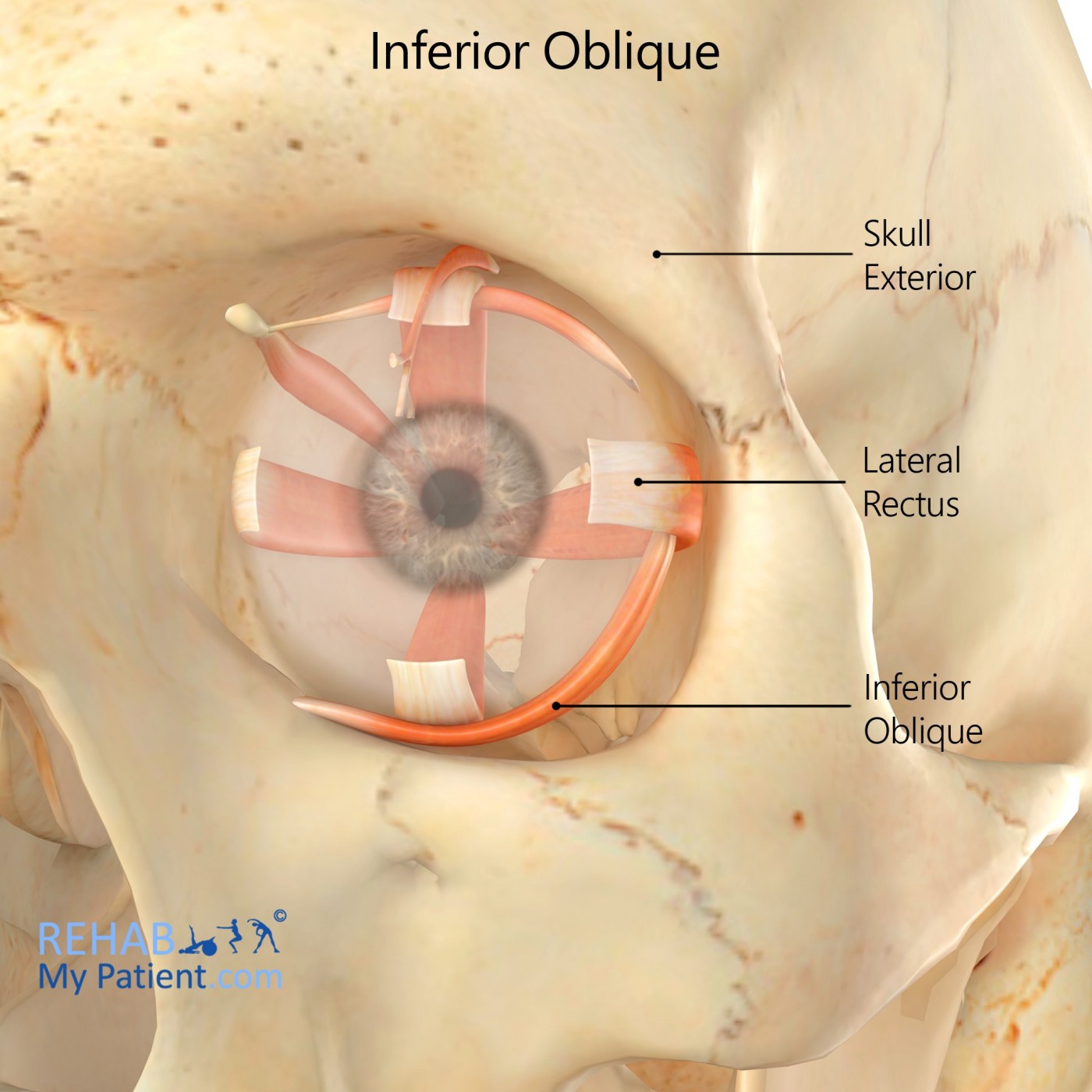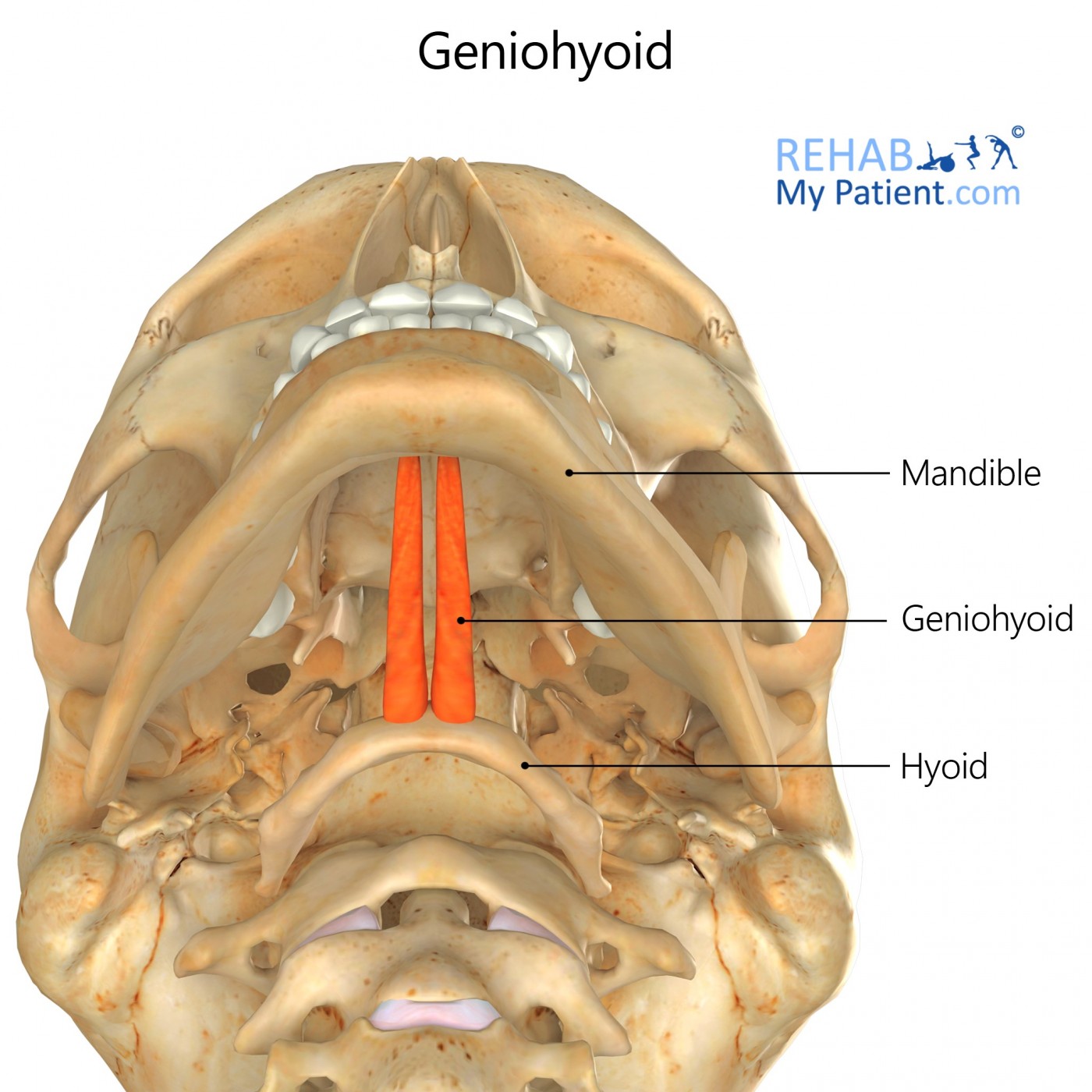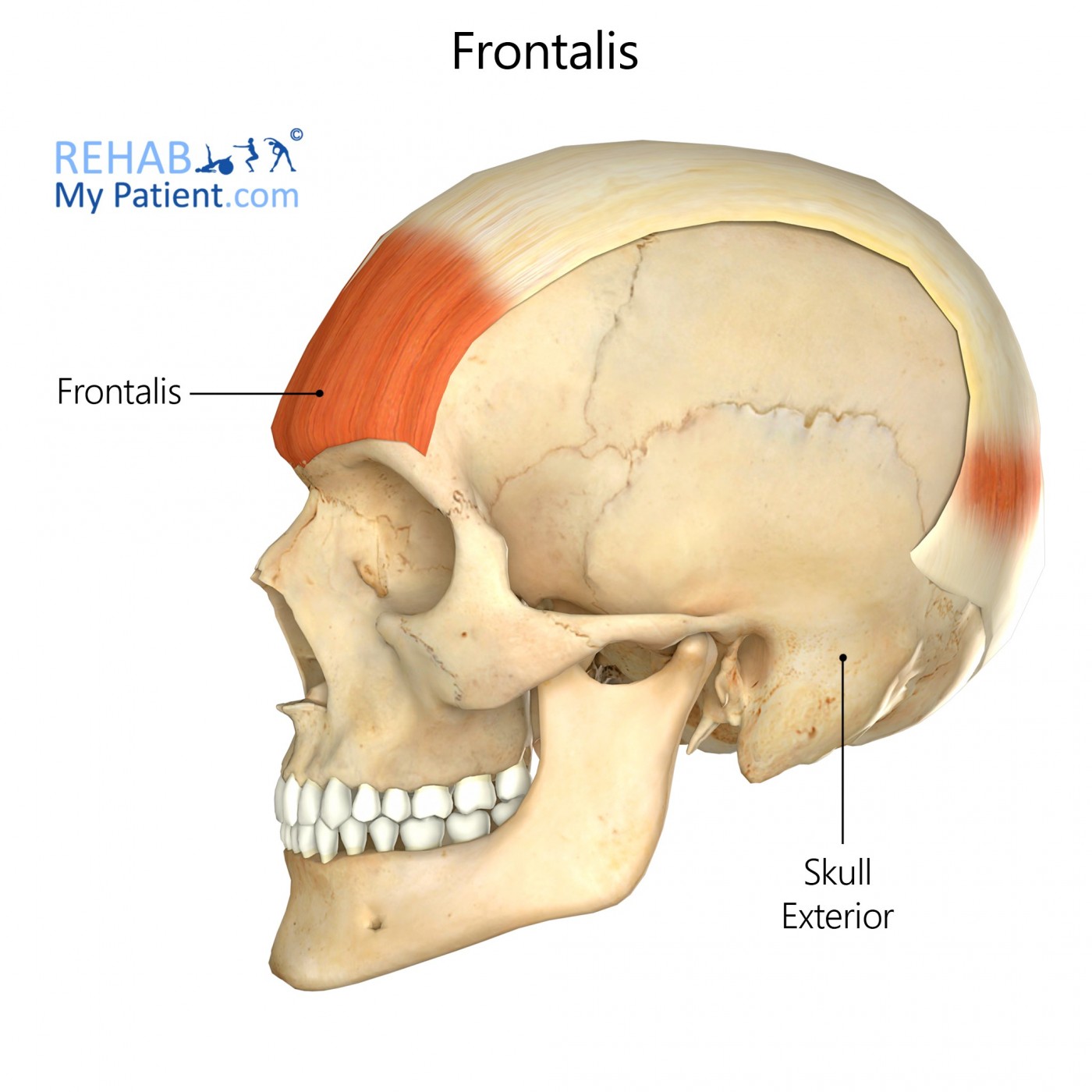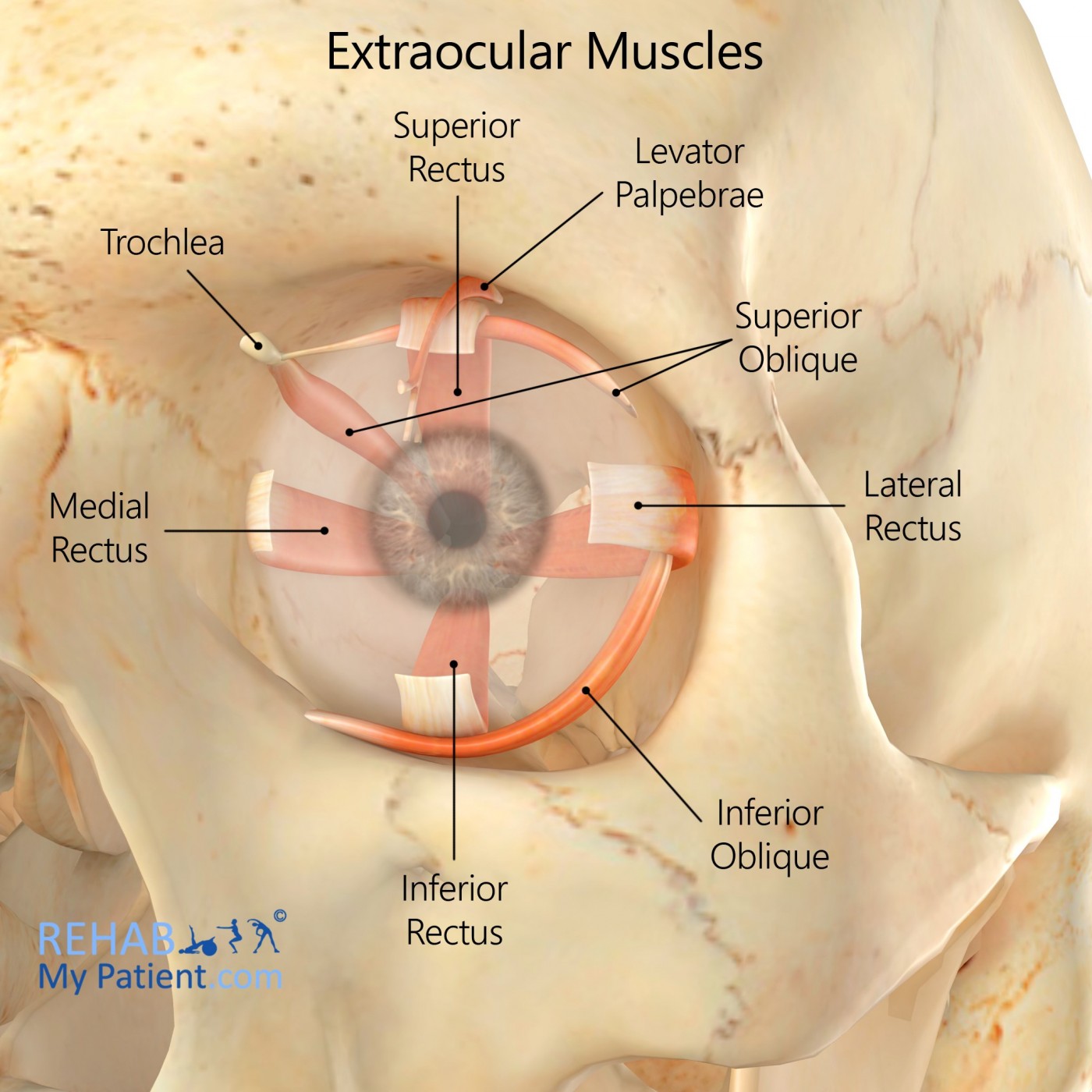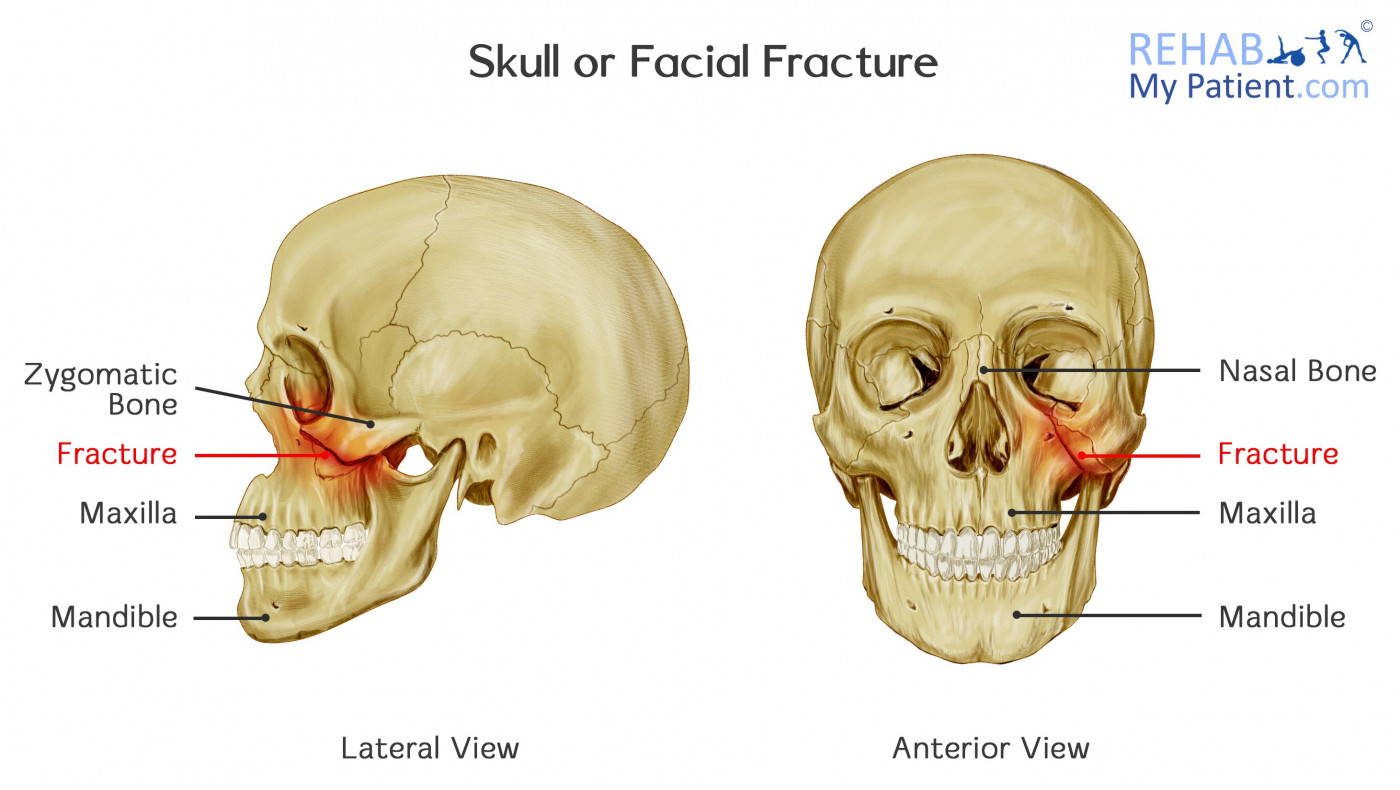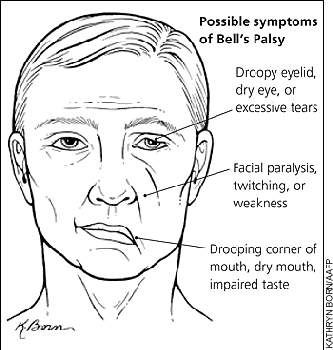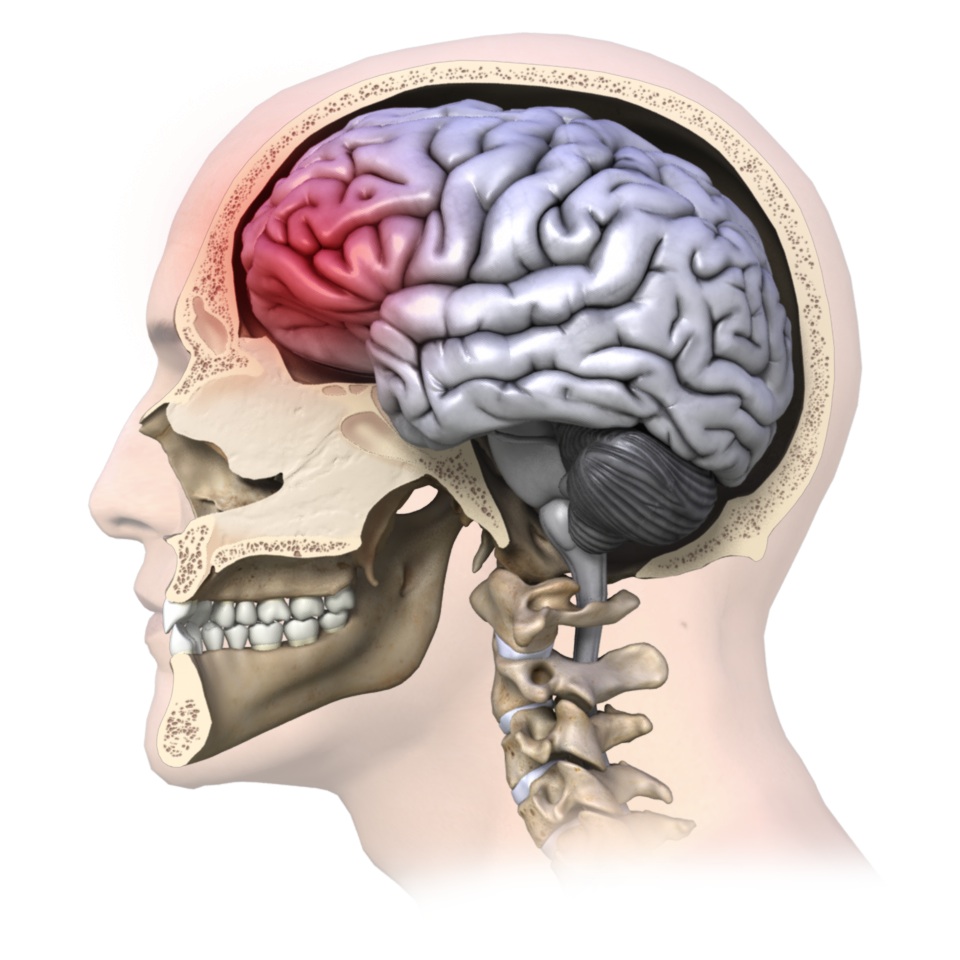General information The lateral pterygoid, also known as the external pterygoid, is a muscle of mastication (chewing). Literal meaning The wing-shaped muscle to the side. Interesting information The lateral pterygoid muscle has two distinct...
Articles
Expert Insights from Leading Physiotherapists: Unlock the Power of Knowledge

